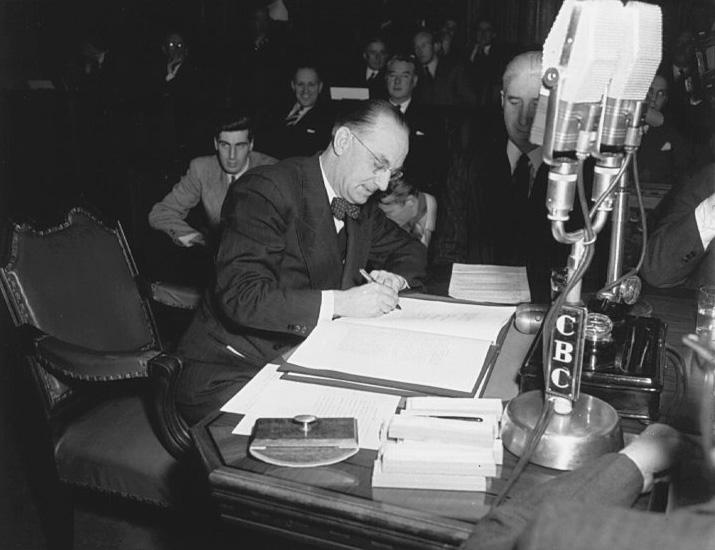Commentary
The RCMP has a long and honourable history, and has served Canadians well. RCMP top brass and regular officers have always insisted on doing their job in their own way. They have robustly specifically resisted all attempts by politicians to interfere in their clear mandate to enforce the law.





